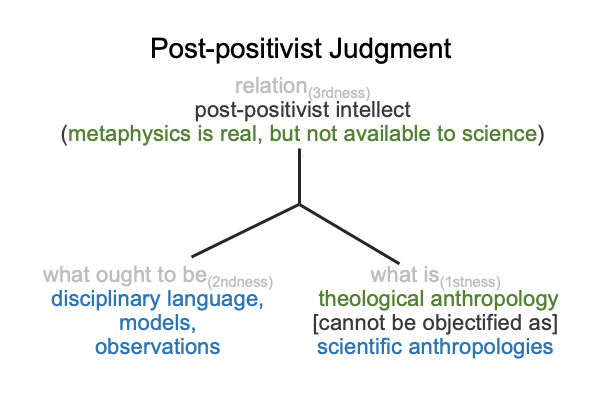Looking at Jeff Hardin’s Essay (2019) “Biology and Theological Anthropology” (Part 12 of 15)
0063 What about the disciplines of modern psychology and sociology?
Do they labor as word-smiths, hammering out the spoken words that will address the tsunami of concupiscence-related disorders that currently plague modern society, or do they construct spoken words that thwart an evangelical’s desire to hear a sermon on Original Sin?
After all, lectures on concupiscence are not justified in a Zeitgeist where concupiscence is labeled “natural”.
0064 Surely, secular experts justify various features of our current Zeitgeist… er… regime, just like they previously (and maybe still do) labored to account for various flavors of mercantilism, various strains of fascism, and various manifestations of communism.
These ideologies all build on foundations of spoken words, specialized disciplinary languages fashioned by academically certified agents.
0065 Spoken words can (somehow) create the artifacts that validate spoken words.
The best way to make that happen is with sovereign power.
Spoken words can generate the righteousness underlying an organizational objective that will allow me (and my fellow travelers) to demand sovereign action. Then, the state implements my organizational objective, thereby validating the righteousness that my spoken words advocated.
Try to get around that.
0066 An example?
May I call the current regime: “big government (il)liberalism”?
Some would call it, “the administrative state”.
Big government (il)liberalism is the latest sovereign solution to the nasty consequences of an enlightened disposition, declaring, “Concupiscence is okay, because it is natural.”
“Tolerance” is key.
Big government experts must be tolerant in order to better manage the citizen’s natural proclivities.
0067 So, the word, “liberal” has been perverted from a focus on freedom and responsibility to a fixation on nonjudgment.
The prefix, (il), celebrates this inversion, because managing citizens is the negation of serving them.
0068 Isn’t that what the word, “government”, ought to mean?
If the citizens are going to do what’s natural, then someone must clean up the mess. What does that mean? Someone must control the citizens, in order to ameliorate the mess that they would produce, if left to their own natures.
Er… not someone, something. Something big.
0069 In a world where government is omnipresent, the message comes across loud and clear.
Look at your television and listen to the talking heads.
We are here to justify your concupiscence.
We are here to manage the consequences.
Please comply with current directives.


